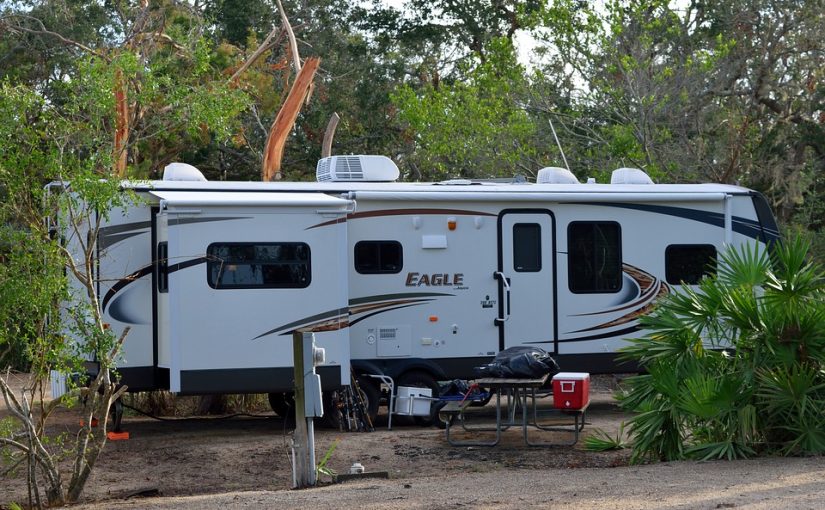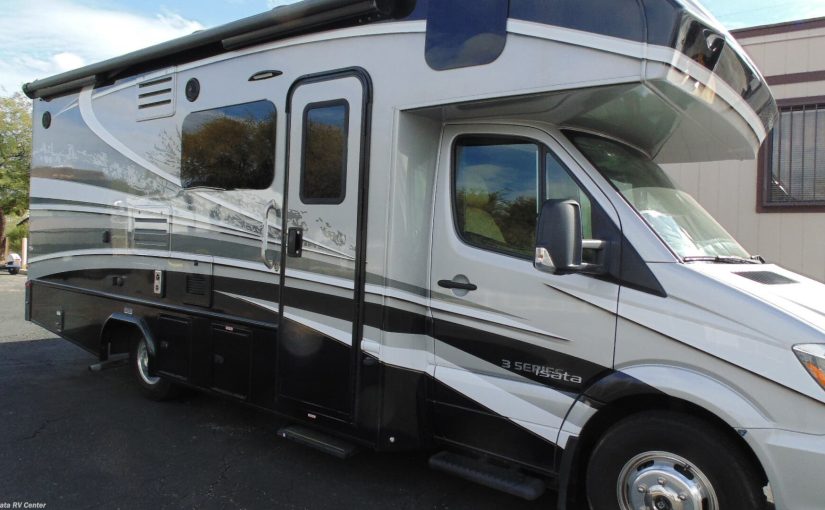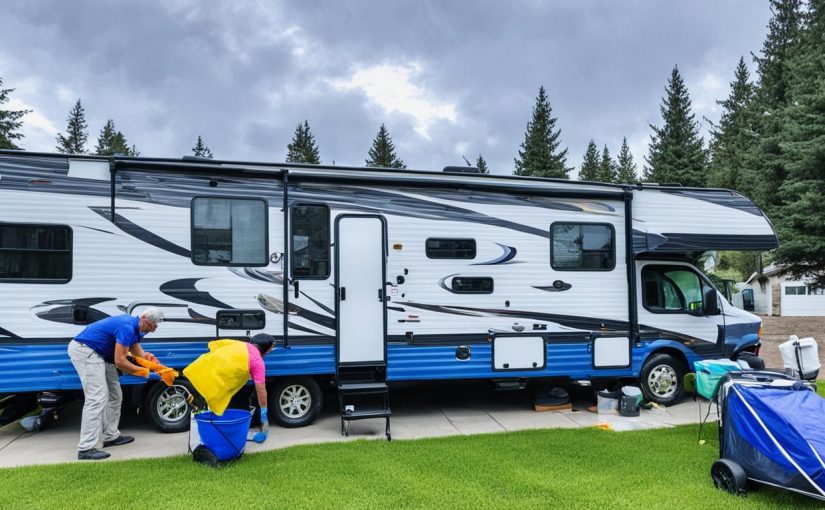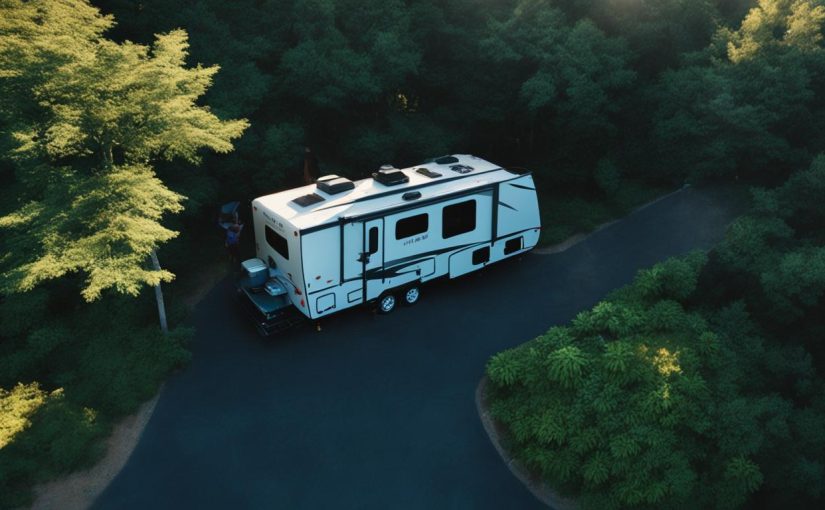Over 9 million Americans own an RV. But, many don’t know about the problems with some brands. Every year, thousands of people complain about issues like mechanical failures and bad customer service.
It’s important to check how reliable an RV brand is before buying. Some brands have a bad track record for quality. This can lead to big financial losses for owners.
Key Takeaways
- Some RV manufacturers have a higher number of complaints than others.
- Common issues include mechanical failures and poor customer service.
- Researching the reliability of an RV brand is essential before making a purchase.
- Understanding the possible problems can help RV owners make better choices.
- Choosing a reliable RV manufacturer can save owners from big financial losses.
The State of RV Quality in America is a Growing Concern Among Consumers
Many people in America are worried about RV quality. Different companies make various RV models. But, quality problems are common, which hurts customer happiness and loyalty.
Current RV Industry Size and Growth
The RV industry in the US is big and getting bigger. More people want to buy recreational vehicles. Recent numbers show more sales and production.
- Over 500,000 RVs are sold annually in the US.
- The industry is expected to keep growing, thanks to more consumer interest.
How Consumer Complaints Are Tracked and Measured
Complaints from consumers are tracked in many ways. This includes online reviews, government agencies, and industry groups. These complaints help find trends and patterns. This way, quality and customer happiness can improve.
- Online review sites like Yelp and Google Reviews.
- Government agencies like the National Highway Traffic Safety Administration (NHTSA).
The Impact of Quality Issues on RV Ownership
Quality problems can really affect RV owners. They lead to expensive fixes, safety worries, and less customer happiness. Companies with quality issues might lose good reputation and customer trust.
- Expensive repairs and upkeep.
- Safety issues because of bad parts or design.
- Less customer satisfaction and loyalty.
What RV Manufacturer Has the Most Complaints?
The RV market is dominated by big names like Forest River, Thor Industries, and Winnebago. Each has its own share of complaints. Knowing about these can help buyers make better choices.
Complaint Volume and Types for Forest River
Forest River is a giant in RVs, but it gets a lot of complaints. Most are about structural issues and water intrusion problems. These issues point to areas where Forest River might need to get better at making RVs.
Customer Satisfaction Metrics for Thor Industries and Its Subsidiaries
Thor Industries is a big name with brands like Airstream and Jayco. Airstream is known for quality, but Jayco has had problems with electrical system failures and customer service. Thor’s overall satisfaction scores are mixed, showing how its brands do differently.
Reputation vs. Reality for Winnebago
Winnebago is often praised for its quality and service. But, like others, it gets complaints too. There have been issues with plumbing system leaks and warranty service. Yet, Winnebago’s good reputation shows it cares about its customers and makes reliable products.
Comparing Complaint Rates Across Major Manufacturers
Looking at complaint rates, it’s key to think about sales and production. Forest River might have more complaints, but its big size affects this. When you look at complaints per unit sold, other brands, like some of Thor’s, might seem worse.
Most Common RV Problems and Quality Concerns
RVs often face issues like structural defects and electrical failures. These problems can vary by manufacturer and model. They affect how happy customers are and how loyal they stay.
Structural and Construction Defects
Structural problems are a big issue with RVs. Defects in materials or workmanship can cause leaks, cracks, and damage. These issues can make the RV less safe and less durable.
Water Damage and Plumbing System Failures
Water damage is common, often due to plumbing system failures or leaks. These problems can be expensive to fix. If not fixed quickly, they can damage the RV’s interior and electrical systems.
Electrical and Mechanical System Issues
Electrical and mechanical problems are also common. Issues can include faulty appliances and engine problems. These problems can make the RV unreliable and less safe.
Warranty Service and Customer Support Problems
Many RV owners struggle with warranty service and customer support. Delays in repairs, unhelpful customer service, or disputes over warranty coverage can add to the stress of RV ownership. This shows the need for better after-sales support from manufacturers.
Knowing about these common issues can help RV buyers make better choices. They should consider not just the features and price but also the quality concerns.
Conclusion: How to Research RV Quality Before Purchasing
Before buying an RV, it’s key to check its quality. Looking at customer reviews and complaints about popular RV brands is a good start. This helps you spot common issues with certain models.
Also, checking the manufacturer’s reputation and if they follow regulations is important. Looking at customer satisfaction surveys and warranty claims can give you a better idea of the RV’s quality.
By doing your homework on RV quality, you can avoid expensive problems later. This careful research helps you make a smart choice. It makes owning an RV more enjoyable and worry-free.
FAQ
What are the most common complaints about RV manufacturers?
People often complain about structural defects, water damage, and electrical problems. They also mention issues with warranty service and customer support.
Which RV brand has the most complaints filed against it?
Forest River, Thor Industries, and Winnebago are often criticized. Issues range from construction defects to electrical failures.
How can I research the quality of an RV before purchasing?
Check customer reviews and the manufacturer’s reputation. Look at regulatory compliance records too. Data on complaint rates and warranty claims can help you decide.
What are some signs of a poorly manufactured RV?
Look for structural defects, water leaks, and electrical malfunctions. Also, be wary of mechanical issues. RVs with a history of these problems should be avoided.
How do RV manufacturers handle warranty claims and customer complaints?
Handling of warranty claims and complaints varies. Winnebago is known for good customer service. But others may have a history of disputes or delays.
Are there any resources available to help me research RV quality and reliability?
Yes, there are many resources. Consumer reports, online reviews, and industry watchdog groups offer insights. Use these to make a smart choice.
What are the most common RV problems related to electrical and mechanical systems?
Faulty wiring, malfunctioning appliances, and engine problems are common. Regular maintenance can prevent or fix these issues.
How can I avoid buying an RV with a history of complaints or quality issues?
Research the manufacturer’s reputation and read customer reviews. Look at complaint rates and warranty claims. Inspect the RV carefully before buying. Consider a mechanic or inspector’s opinion.









